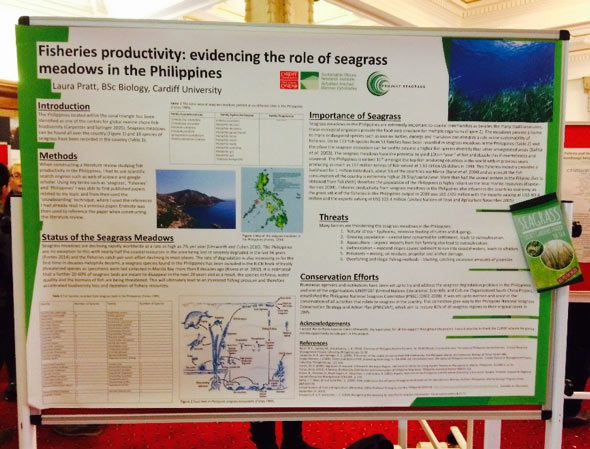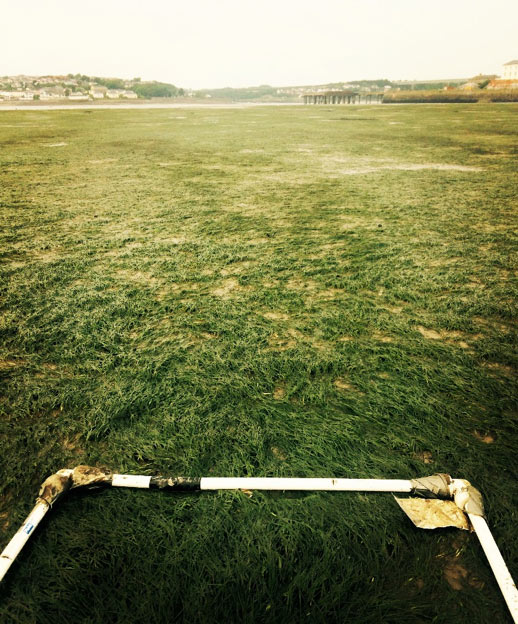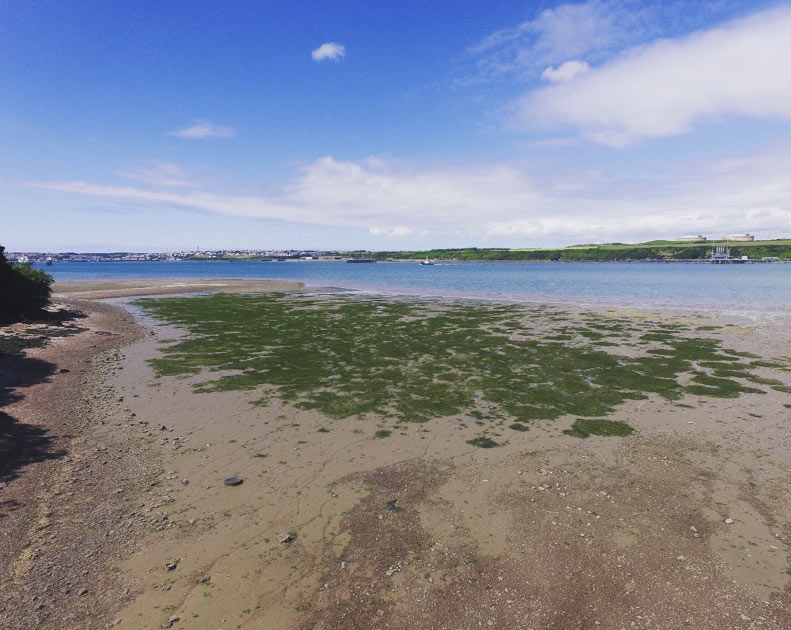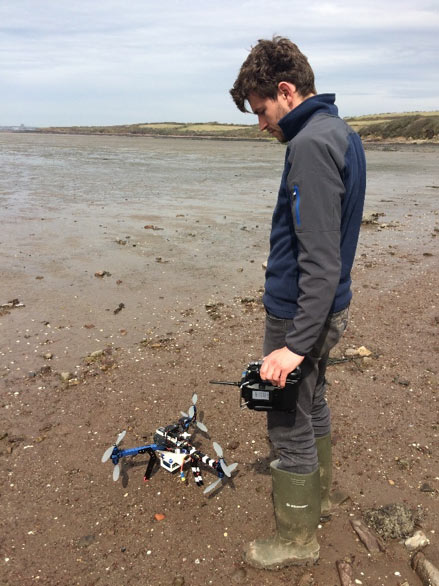
As a third year Biology Student from Cardiff University, I’ve been lucky to get involved with Project Seagrass, which has its offices within the University. I first started working with the team last summer when I took part in an 8 week CUROP placement (Cardiff University Research Opportunities Programme) at the Sustainable Places Research Institute. The project itself, focused on studying the role of seagrass meadows in fisheries productivity in the Philippines and mainly involved searching for research papers linked to the topic. Relevant information was then incorporated into a literature review which focused on the status, importance, threats and conservation efforts currently taking place within seagrass meadows of the Philippines. Any details on fish species found to inhabit to seagrass ecosystem specifically in the Philippines were also added to an extensive database, to track known species in the country. I then presented my findings in a poster presentation and had the opportunity to talk to other students at Cardiff University and members of the public about the importance of seagrass meadows in the Philippines.

My poster, created as part of my CUROP placement
From this project, I have then gone on to study the status and distribution of another seagrass species, Zostera noltii, found closer to home, along the South Wales coastline. Z. noltii is one of the two seagrass species found in the UK and due to previous taxonomic confusion within the Zostera genus, there is a severe lack of understanding of the distribution of this species. Using historical records in the form of papers, reports and GIS layers I have been able to determine all the historical locations of Z. noltii found in Wales. This information along with details provided from Greg Brown’s (Project Seagrass Regional Ambassador) predictive mapping tool created for his MSc at Swansea University, has enabled me to generate a list of sites where Z. noltii has the potential to grow and survive. For my project, I have been visiting these specific sights and recording if Z. noltii is present or not, while also using out new Project Seagrass app, Seagrass Spotter (http://www.seagrassspotter.org). If Z. noltii is present I am then using various methods of ground truthing and aerial work using our Project Seagrass UAV, to generate accurate maps of the seagrass meadows, in hope that mapping the Z.noltii distribution will help aid its conservation in Wales.

Extremely dense patches of Z. noltii observed in the Pembroke Dock

Aerial image of dense seagrass meadow in Pwllcrochan, Pembrokeshire, taking on DJIGlobal Phantom 3.

Drone work at Angle Bay with James Duffy, a PhD student from Exeter University.
Whilst working for Project Seagrass I have also been able to get involved with some of the charity work aside from my own project, including taking part in multiple Seagrass-Watch surveys, in Porthdinllaen, North Wales. My first trip to Porthdinllaen in November 2015 was an unforgettable experience, seeing a Zostera seagrass meadow for the first time and being able to take part in Project Seagrass’s first seed restoration trial! I have also had the opportunity to participate in some of Project Seagrass’ educational outreach programs in North Wales, assisting and helping children from a local primary school understand the importance of seagrass meadows and learn more about some of the animals that live in their nearby ocean. I have thoroughly enjoyed this aspect to my placement, getting involved in other events such as Project Seagrass’ Mission Sea campaign for the People’s Project competition back in February and Project Seagrass’ official launch at Cardiff University, to help promote the charity amongst members of the general public.
Furthermore, my placement year with Project Seagrass has given me the opportunity to get involved with some of the social media branding and simply helping to spread the Project Seagrass word. From writing blogs for organisations such as the Ian Somerhalder foundation to getting local volunteers and students from Cardiff university involved in seagrass sampling for my own research project. The Project Seagrass team is continuing to grow and I have loved teaching others about the great things Project Seagrass is doing to help protect this vulnerable marine ecosystem. I look forward to the rest of my placement here at Project Seagrass and hope to be just as involved next year when I return back to Cardiff University for my final year of my undergraduate degree.

